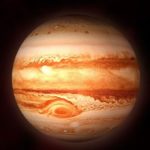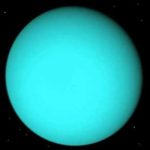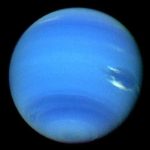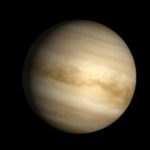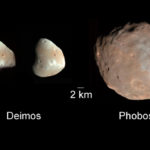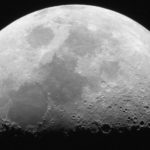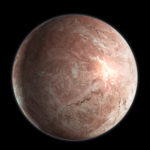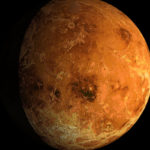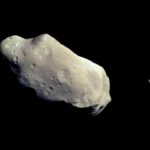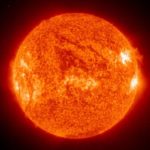Interesting facts about the satellite Titan
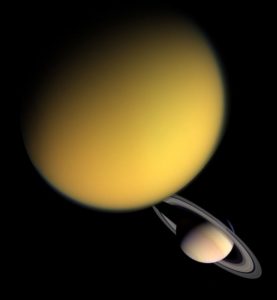 Titan is one of the most interesting satellites of the solar system. By its similarity with the Earth, it attracts the attention of many scientists and scientific organizations, and now active steps are being taken to further study it.
Titan is one of the most interesting satellites of the solar system. By its similarity with the Earth, it attracts the attention of many scientists and scientific organizations, and now active steps are being taken to further study it.
Titan is the second largest satellite after Ganymede in the Solar System, and also the largest satellite of Saturn.
Titan has a very dense atmosphere.
On the surface of Titan there are rivers and lakes, only they are filled not with water, but with liquefied ethane and methane.
The atmosphere of Titan consists mainly of nitrogen and methane.
In 2005, the Huygens probe, detached from the Cassini unmanned vehicle, made a soft landing on the surface of Titan. “Huygens” transferred to the ground pictures and recording of wind noise.
Titanium is twice as large as Mercury in diameter, but twice as light.
Titan does not have a magnetic field.
The height of the mountains on Titan does not exceed several hundred meters.
On Titan there are methane rains.
Titan is always turned to Saturn by the same side.
The sky on Titan is yellow-orange in color.
The temperature on the surface of Titan is about -170 degrees Celsius.
On Titan there are always strong winds, especially in the upper atmosphere. Storms and hurricanes here are not uncommon.
Under the surface of Titan there is a liquid ocean of very salty water with an admixture of ammonia.
On Titan there are cryovolcanoes erupting a mixture of water and various carbons.
Scientists suggest that methane-producing bacteria may well exist on Titan.
Titanium is 80% heavier than the Moon. It accounts for 95% of the mass of all satellites of Saturn.
There is a hypothesis that Titan was once captured by Saturn’s attraction and became his companion.
The atmosphere of Titan is ten times thicker than the earth. It stretches for more than four hundred kilometers in height.
Atmospheric pressure on the surface of Titan is one and a half terrestrial.
The surface of Titan can not be observed from outer space in the optical range due to dense clouds.
The Huygens took two and a half hours to descend and parachute landing.
On Titan there are no pronounced impact craters, which indicates its geological activity.




